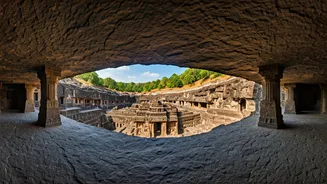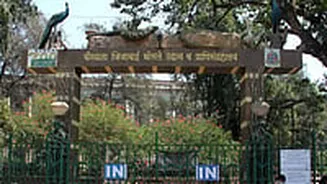One Unified Authority
The Maharashtra government has established a committee with the main goal of consolidating all metro agencies under a single, unified authority. This step
indicates a strategic approach to streamline operations and ensure better coordination across different metro projects. The formation of this committee signifies the government's commitment to improving the overall effectiveness of its urban transportation infrastructure. By bringing all agencies under one umbrella, the government aims to create a more integrated and efficient system, making travel easier for commuters. This new committee is tasked with figuring out the best way to combine all these agencies, ensuring that the metro services are run more smoothly. The unified approach is expected to reduce overlap and improve resource allocation.
Streamlining Operations & Efficiency
One of the primary goals of the Maharashtra government's initiative is to streamline operations. A unified authority will eliminate redundant processes and decision-making bottlenecks. This should lead to faster project implementation and better management of existing infrastructure. For instance, common challenges like coordinating schedules and sharing resources can be more efficiently addressed under a single authority. Bringing the agencies together can also create economies of scale. By combining purchasing power, the government may get better deals on equipment and services. A unified authority can standardize processes, such as maintenance schedules, which leads to better services. This standardization will ensure that metro systems across the state follow the same high standards.
Enhancing Coordination & Planning
The integration of metro agencies under one authority promises to significantly improve coordination. Without such a centralized body, agencies might operate in silos, creating friction and inefficiency. The new committee will facilitate better coordination in planning, budgeting, and project execution. A unified authority enables a holistic approach to urban transportation planning. This includes better integration of metro lines with other modes of transport such as buses and trains. For instance, coordinated ticketing systems and shared infrastructure can simplify commutes and encourage the use of public transport. The government's push for integration is a sign of a more strategic and coordinated approach to urban development. Such planning will reduce duplication of efforts and maximize the impact of investments.
Benefits for Commuters
The integration of all metro agencies is designed to significantly improve the experience for commuters. With streamlined operations and better coordination, the metro systems will run more smoothly, reducing delays and disruptions. For commuters, this means more reliable services. With a single authority managing various lines, ticketing and customer service can be improved. Uniform standards can create a more user-friendly experience across all metro lines. Commuters can expect easier access to information, clear signage, and consistent service quality. Ultimately, this consolidation seeks to transform urban travel, making it more efficient and convenient for the people who use it every day.
















